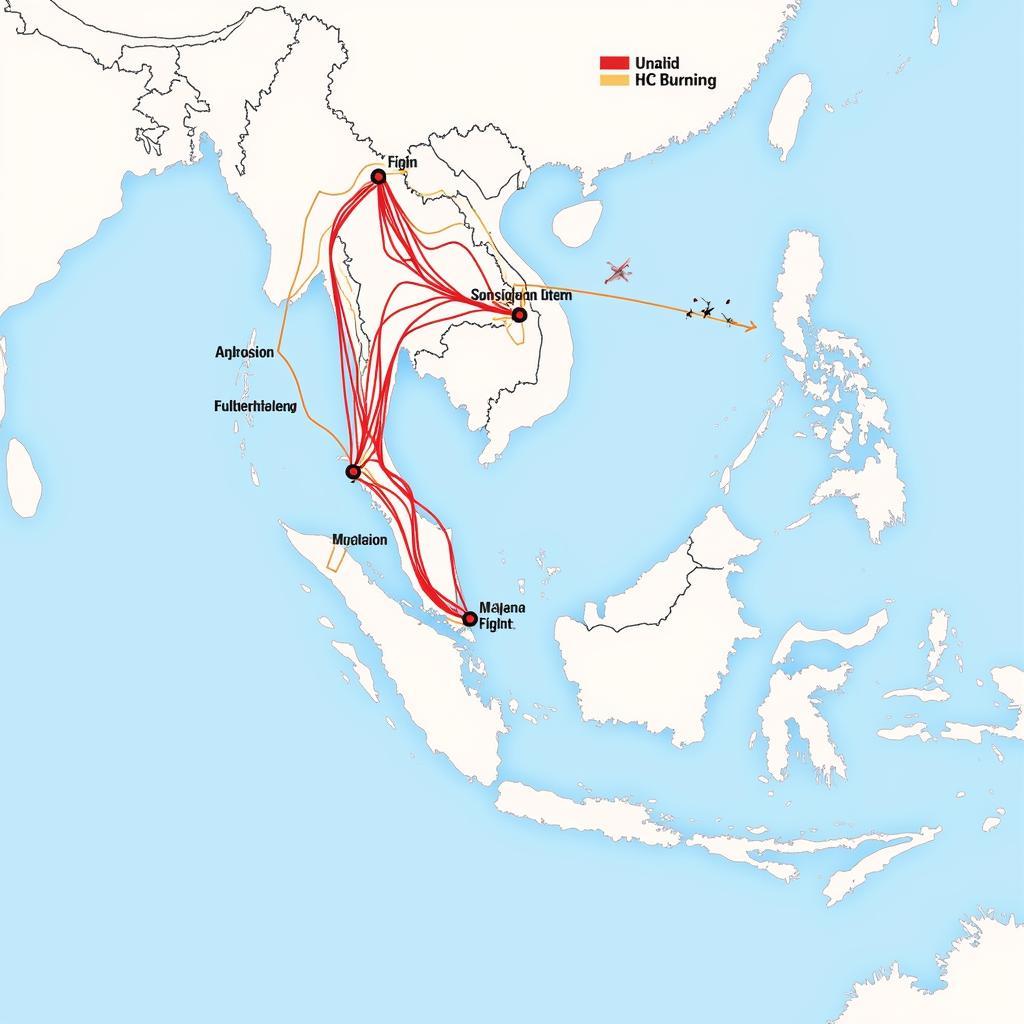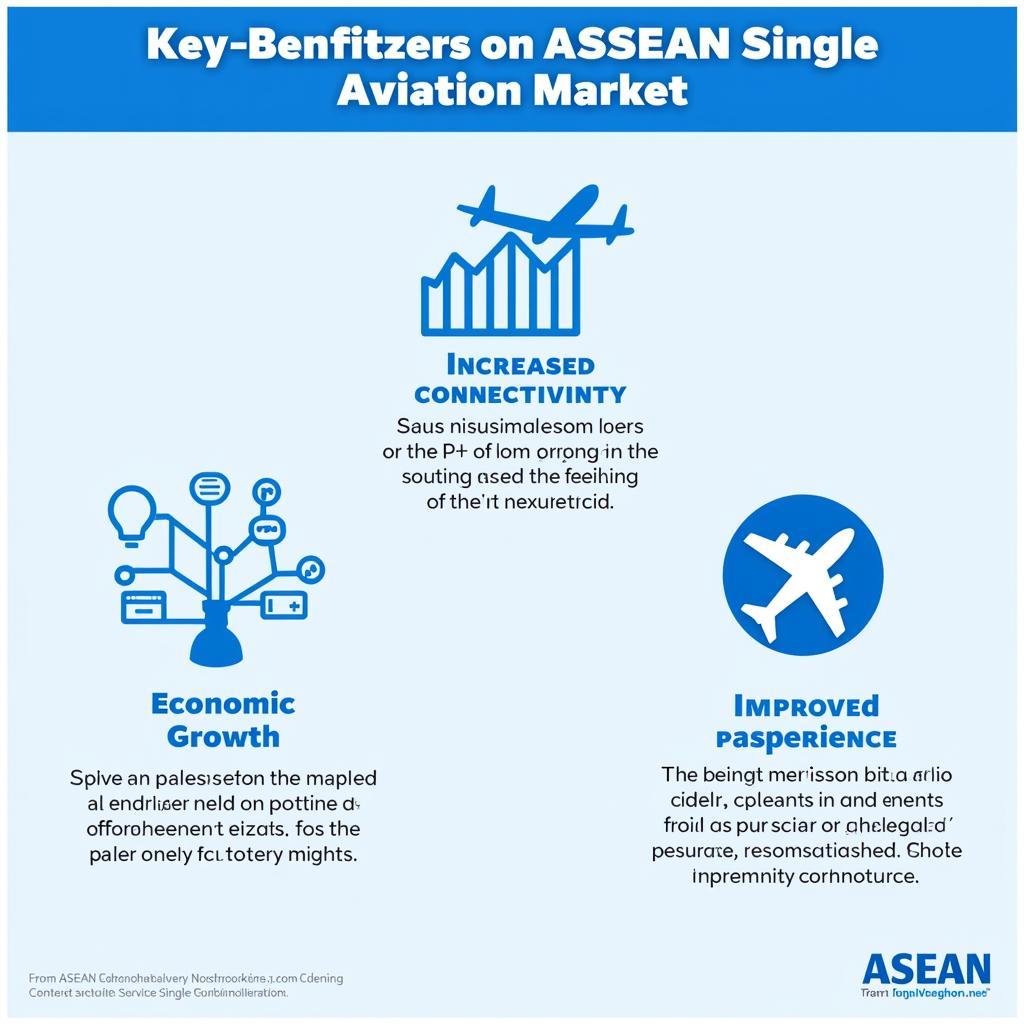Asean Airspace represents a dynamic and increasingly interconnected network vital for the region’s economic growth and integration. This article delves into the complexities and opportunities presented by this crucial aspect of Southeast Asia’s development, exploring everything from air traffic management to collaborative initiatives and future projections.
Understanding the Significance of ASEAN Airspace
ASEAN airspace isn’t merely a collection of national skies; it’s a tapestry woven from diverse regulations, burgeoning air traffic, and the shared ambition of seamless regional connectivity. Its efficient management is crucial for facilitating trade, tourism, and people-to-people exchanges, ultimately driving economic prosperity and strengthening regional ties. The sheer volume of air travel within Southeast Asia underscores the importance of harmonized regulations and sophisticated air traffic management systems.
 ASEAN Air Traffic Management System
ASEAN Air Traffic Management System
Key Challenges and Opportunities in ASEAN Airspace
Managing such a dynamic airspace comes with inherent challenges. Differing air traffic control procedures, varying levels of technological advancement, and the need for robust cross-border coordination require ongoing attention. However, these challenges also present unique opportunities for collaboration and innovation. The development and implementation of Single European Sky (SES), which has streamlined air traffic management and improved efficiency across Europe provides a valuable model from which ASEAN can draw inspiration and tailor solutions to fit the region’s unique needs.
Harmonizing Air Traffic Management: A Collaborative Approach
Harmonizing air traffic management across ASEAN member states is a pivotal step toward realizing the full potential of regional airspace. Initiatives like the ASEAN Single Aviation Market (ASAM) aim to liberalize air services, enhance connectivity, and foster a more competitive aviation landscape. This initiative, along with continuous dialogue and knowledge sharing, is crucial for creating a more integrated and efficient air travel experience within Southeast Asia.
 ASEAN Single Aviation Market: Connecting the Region
ASEAN Single Aviation Market: Connecting the Region
Enhancing Safety and Security in ASEAN Skies
Safety and security remain paramount concerns within ASEAN airspace. Implementing robust safety protocols, investing in advanced technologies, and strengthening cooperation in aviation security are vital for ensuring the continued growth and trustworthiness of the region’s aviation sector. This requires a multi-pronged approach, involving not only government agencies but also airlines and other stakeholders in the aviation industry.
The Future of ASEAN Airspace
The future of ASEAN airspace is bright, filled with the promise of enhanced connectivity, improved efficiency, and seamless travel experiences. Emerging technologies, like drone technology and advanced air mobility, present both opportunities and challenges. Adapting to these advancements and integrating them safely and effectively will be key to unlocking the full potential of ASEAN airspace in the years to come. This also includes a focus on sustainable aviation practices to mitigate the environmental impact of air travel.
What are the main challenges facing ASEAN airspace integration?
One significant challenge is the harmonization of varying air traffic control procedures and technological capabilities across member states.
How can ASEAN benefit from a more integrated airspace?
An integrated airspace can significantly boost regional connectivity, facilitating trade, tourism, and economic growth.
Conclusion
ASEAN airspace is a dynamic and vital component of the region’s ongoing development. By addressing the challenges and embracing the opportunities that lie ahead, ASEAN can unlock the full potential of its skies, fostering greater connectivity, economic prosperity, and a more integrated Southeast Asia. The collaborative spirit that defines ASEAN will be crucial in navigating the complexities of airspace management and ensuring a future where the skies truly connect the region. asean air chiefs conference 2018 further emphasizes this point.
FAQ
- What is ASAM? (ASAM stands for ASEAN Single Aviation Market.)
- Why is ASEAN airspace important? (It’s crucial for regional connectivity and economic growth.)
- What are some challenges in managing ASEAN airspace? (Differing regulations and technological advancements.)
- How can technology improve ASEAN airspace? (Through advanced air traffic management systems and drone technology.)
- What is the future of ASEAN airspace? (Enhanced connectivity and sustainable aviation practices.)
- What was discussed at the ASEAN – Japan Aviation Environmental Technology Seminar? (This seminar focused on environmental sustainability within the aviation sector.)
- What happened with ASE Flight 529? (This link provides information regarding a specific flight incident.)
Further Exploration
- Explore more about ASE Aeronautica.
- Understand the significance of ASE RVSM.
When you need support, please contact us by phone: 0369020373, email: aseanmediadirectory@gmail.com or visit our address: Thon Ngoc Lien, Hiep Hoa, Bac Giang, Vietnam. We have a 24/7 customer service team.
